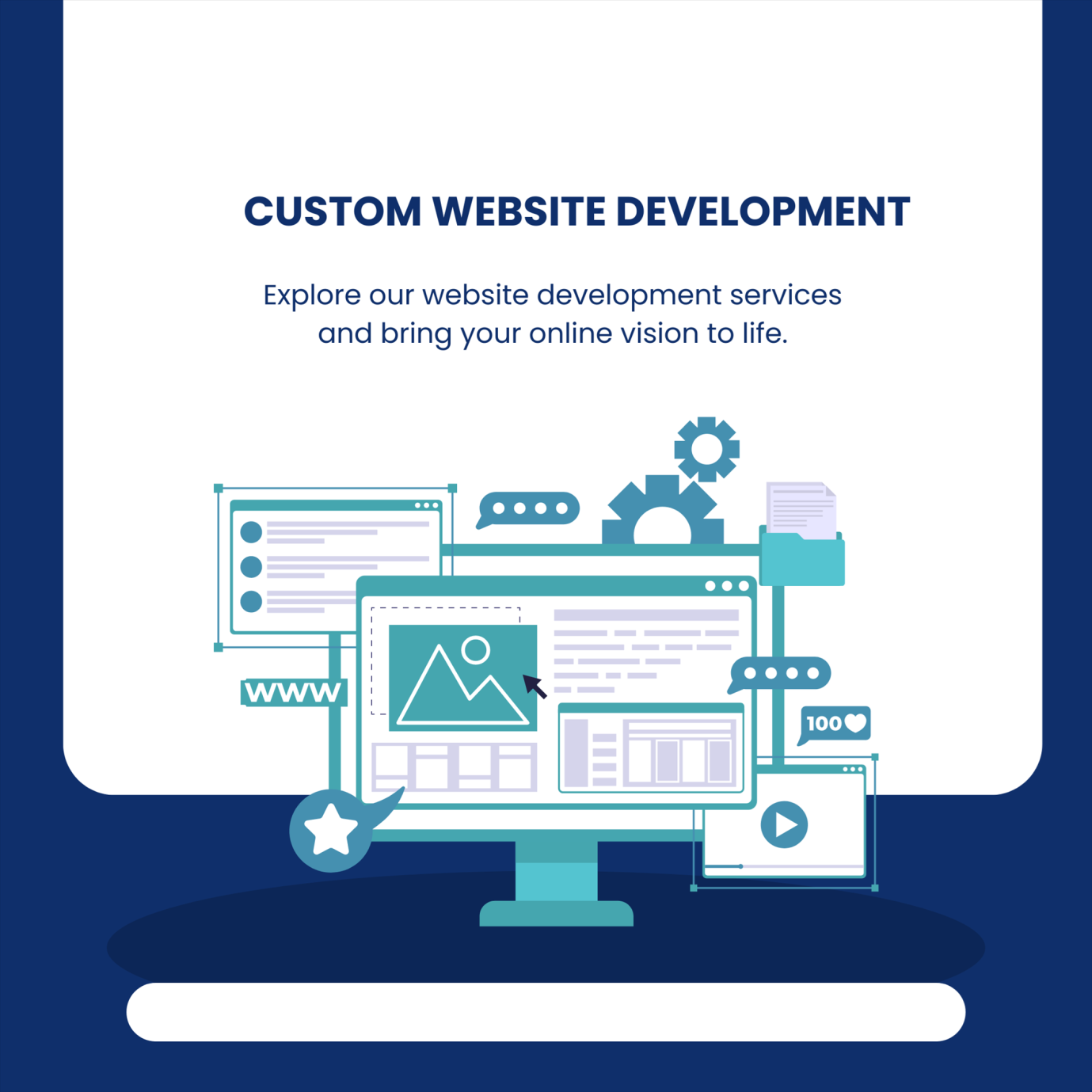In the dynamic world of business, having access to flexible financial resources is crucial. One of the most effective tools for managing a company’s finances is a credit line. This financial product can help businesses smooth out cash flow fluctuations, finance new projects, and ensure they have the capital necessary to seize growth opportunities as they arise. This guide delves into the nature of credit lines, their benefits, how businesses can utilize them effectively, and includes a brief discussion on Debt Consolidation & Personal Loan as a strategic financial maneuver.
Understanding Credit Lines
A credit line, also known as a line of credit (LOC), is a preset amount of money that banks or financial institutions offer to businesses or individuals. Unlike a traditional loan, which provides a lump sum of money upfront, a credit line allows borrowers to draw funds up to a specified limit as needed. This flexibility makes it an excellent tool for managing working capital and addressing short-term financial needs without having to reapply for a loan each time.
Types of Credit Lines
- Secured Credit Lines: These require collateral such as real estate or inventory and generally have lower interest rates.
- Unsecured Credit Lines: These do not require collateral but usually have higher interest rates due to the increased risk to the lender.
Benefits of Credit Lines for Businesses
Flexibility in Cash Flow: Credit lines provide businesses the ability to manage their cash flow more effectively. They can draw on the line of credit when needed to cover expenses such as payroll, supplies, or unexpected costs.
Interest Savings: Interest is typically charged only on the amount drawn, not on the entire credit limit. This can result in significant interest savings compared to traditional loans where interest is calculated on the full loan amount from the beginning.
Reusability: Once the borrowed amount is repaid, the credit limit is restored to its original level, making it a revolving source of funds that can be used repeatedly.
Utilizing Credit Lines Effectively
To maximize the benefits of a credit line, businesses should follow these strategies:
- Understand the Terms: It’s crucial to fully understand the terms set by the lender, including interest rates, repayment conditions, and any fees associated with the credit line.
- Strategic Drawing: Draw funds based on strategic needs rather than convenience to avoid unnecessary debt.
- Timely Repayment: Prompt repayment enhances a business’s credit score and maintains a good relationship with the lender, which can be beneficial for future financial needs.
- Monitor Usage: Regularly monitor the credit line usage to ensure it aligns with the business’s operational and financial strategies.
Real-life Applications and Data
Statistically, small businesses that utilize credit lines effectively tend to have smoother cash flow and higher growth rates. According to a 2020 survey by the Small Business Administration, approximately 75% of small business owners in the United States who used lines of credit reported improved cash flow management, and 65% witnessed growth in their business operations as a result.
Incorporating Debt Consolidation & Personal Loan
While discussing financial strategies, it’s worth mentioning the concept of debt consolidation and personal loans. This approach involves taking a new loan to pay off various debts. This strategy can be particularly useful for businesses looking to simplify their financial obligations and reduce the interest rates on existing debts. However, this strategy should be carefully considered and aligned with the business’s overall financial strategy to ensure it contributes positively to the financial health of the business.
Navigating Financial Challenges with Credit Lines
Credit lines not only provide businesses with the flexibility to manage day-to-day expenses, but they also empower them to navigate through periods of financial instability or take advantage of emerging opportunities. For instance, during seasonal sales fluctuations, a business can utilize its credit line to stock up on inventory before a peak season begins, ensuring they can meet customer demands without depleting their cash reserves.
Strategic Expansion and Growth
Another critical application of credit lines in business is funding expansion projects. Whether it’s opening a new location, investing in new technology, or hiring additional staff, having access to a credit line allows businesses to pursue growth initiatives without disrupting their operational cash flow. This strategic flexibility is crucial for staying competitive and scalable in a rapidly changing market environment.
Case Study: Small Business Success Through Credit Line Utilization
Consider the example of a small, family-owned retail store specializing in organic products. Facing strong demand, the owners decided to expand by opening a second location. They utilized their credit line to lease and renovate a new space, purchase inventory, and cover the initial operational costs. By strategically drawing from their credit line, they were able to expand without putting undue stress on their primary store’s finances. Within a year, the revenue from the new location was sufficient to begin repaying the drawn amount, validating their strategic use of the credit facility.
Risk Management
While credit lines offer numerous benefits, they also come with risks that must be managed carefully. Over-reliance on credit lines can lead businesses into a cycle of debt if not managed properly. It is essential for businesses to have a clear repayment plan and to use credit lines as part of a broader financial strategy that includes budgeting, forecasting, and financial analysis.
- Budgeting: Incorporate the credit line into the overall business budget, planning for interest and possible fluctuation in repayment amounts.
- Forecasting: Use financial forecasting to predict future cash flows and understand when it might be necessary to draw on the credit line.
- Financial Analysis: Regularly analyze financial statements to assess the health of the business and its ability to service debt.
Optimizing Credit Utilization
To further optimize the use of credit lines, businesses should consider the following:
- Periodic Review: Regularly review the credit line terms and shop around for better rates or more favorable conditions as the business grows and its creditworthiness improves.
- Leverage Technology: Use financial management software to track credit line usage and integrate this information with other financial data for a holistic view of the company’s financial health.
- Educate Management: Ensure that key personnel understand how and when to use the credit line. Training on financial management can help prevent misuse and ensure the facility is used strategically.
Conclusion
Credit lines are a vital tool in the financial toolkit of any business, offering not just a lifeline in times of need but also fueling growth and expansion. By understanding and strategically managing these facilities, businesses can not only survive challenging economic climates but also thrive and outpace their competitors. Integrating sound financial practices such as budgeting, forecasting, and regular financial review will help maximize the benefits while minimizing the risks associated with credit lines.
As businesses continue to navigate the complexities of the financial world, the strategic use of credit lines, combined with informed financial decisions, will play a critical role in shaping their future success.





